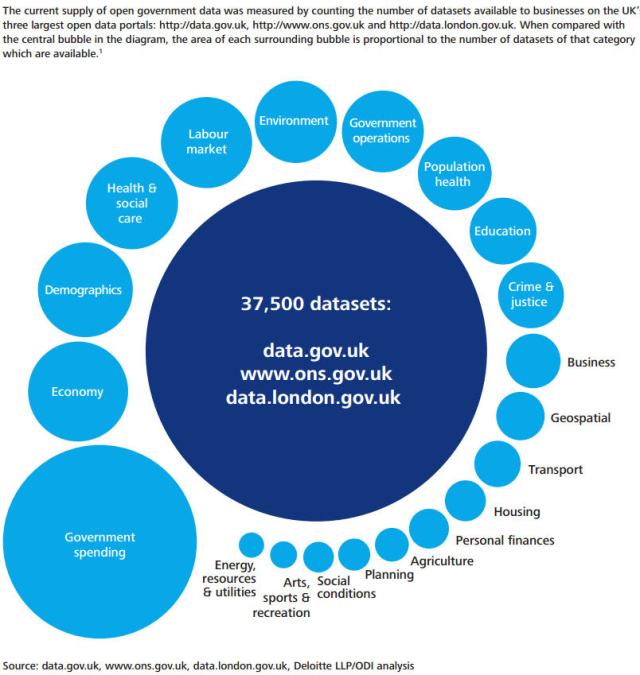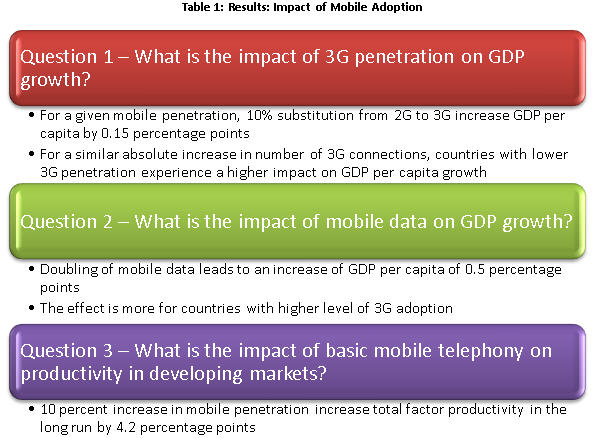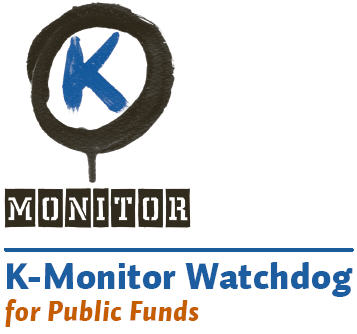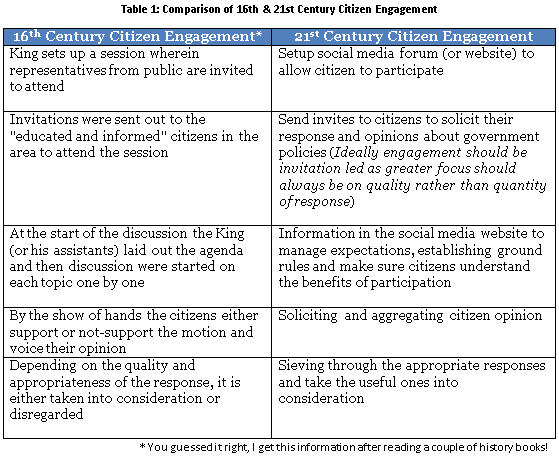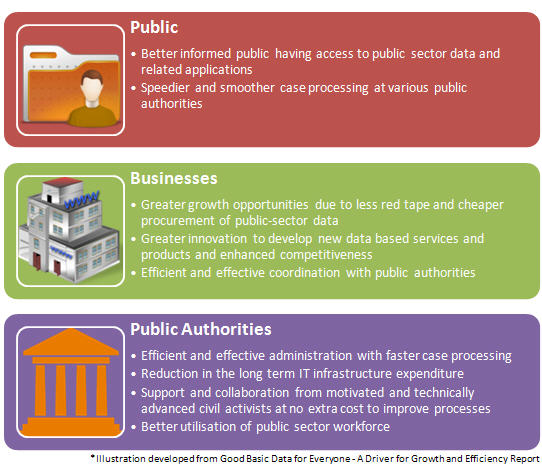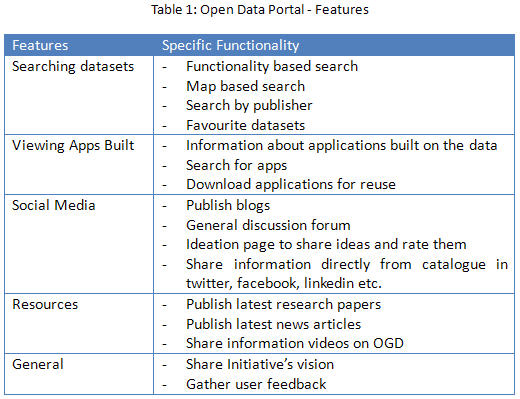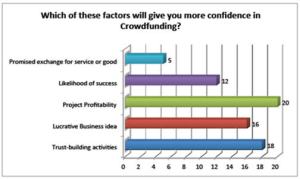A recent report by Deloitte in collaboration with Open Data Institute elaborates on the promise open data holds and provides a picture of the current open data landscape in UK.
The view the report, click here.
The report looks at the nature of datasets available for download from UK open data websites and also at the applicability of the different categories of datasets to different sectors within the UK economy. The report identifies that the highest number of datasets available in UK relate to government spending. The details are as follows:
Figure 1: Open Datasets Availability in UK
Reading this report leads me to the following thoughts:
1. Encouraging to see one of the big 4 firms waking up to the importance of the open data and attempting to study about the growing demand for it in UK
2. Encouraging seeing that the demand for open data in UK is steadily increasing with time and so is the availability of datasets
3. The visual representation of different nature of datasets available for download on UK government’s website can help us to understand the areas that can be focussed on to improve the open data landscape even further. For example, the focus can now be on the areas that have low representation, for example, energy, resources & utilities, agriculture etc.
The report regards UK as having the leading open data portal catering a global audience and having a large number of datasets available for download. Interestingly, the report compares the reach/range of the UK open data website with open data sites of US, Brazil and New Zealand. I’m curious to see whether the next report aims to compare OGD implementations of other countries as well. As far as I am aware here is the list of number of countries who already have their open data catalogues functional.
I will like to encourage reader inputs about countries I may have missed.
Table 1: Open Data Catalogues – Different Countries
The report also talks about the importance of understanding the relation between opening up greater number of datasets and their economic benefit, however, it does not answer this question as of now. It ends with the promise that Deloitte will continue to track quantitative measures as open data marketplace develops over the coming months. Will there be some studies on measuring the economic impact of opening up datasets, well, that’s one thing I’m waiting for!

